Wet rated fixture for over tub - not can lights?
auroraborelis
10 years ago
Featured Answer
Comments (22)
renovator8
10 years agovirgilcarter
10 years agoRelated Professionals
Oak Hills Design-Build Firms · Newark Home Builders · Syracuse Home Builders · Arlington General Contractors · Four Corners General Contractors · The Crossings General Contractors · Athens General Contractors · Browns Mills General Contractors · Cheney General Contractors · Dunedin General Contractors · Norfolk General Contractors · Pine Hills General Contractors · Rossmoor General Contractors · Seal Beach General Contractors · Watertown General Contractorsauroraborelis
10 years agorenovator8
10 years agoAnnie Deighnaugh
10 years agoauroraborelis
10 years agovirgilcarter
10 years agoauroraborelis
10 years agovirgilcarter
10 years agoauroraborelis
10 years agovirgilcarter
10 years agoauroraborelis
10 years agorenovator8
10 years agoauroraborelis
10 years agoallison0704
10 years agograywings123
10 years agoGwen Perpich
2 years agores2architect
2 years agolast modified: 2 years agonicolejsuhr
last yearres2architect
last yearFloored You: TileDesigners
last year
Related Stories
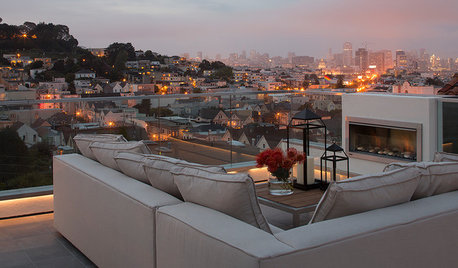
MODERN ARCHITECTUREHouzz Tour: Platinum-Rating Hopes for a Sterling Modern Home
Efficiency takes an artful form in a minimalist San Francisco home furnished with iconic and custom pieces
Full Story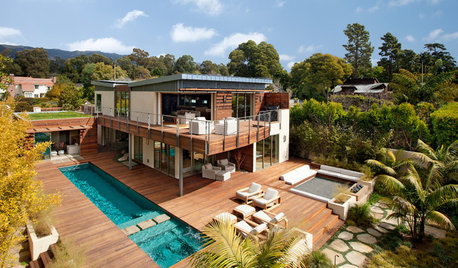
GREEN BUILDINGHouzz Tour: High-End Luxury, Highest Ecofriendly Rating in California
Solar panels and energy savers let this posh LEED Platinum home produce as much energy as it consumes
Full Story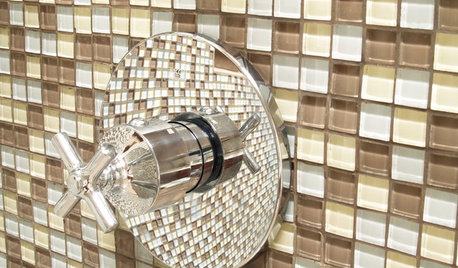
BATHROOM DESIGNConvert Your Tub Space to a Shower — the Fixtures-Shopping Phase
Step 2 in swapping your tub for a sleek new shower: Determine your mechanical needs and buy quality fixtures
Full Story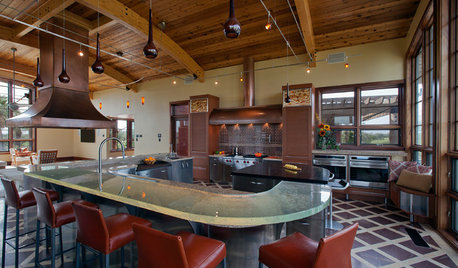
KITCHEN DESIGN9 Award-Winning Kitchens from KBIS 2013 to Drool Over
See top-rated designs from this year's Kitchen and Bath Industry Show and get details about the designers' visions
Full Story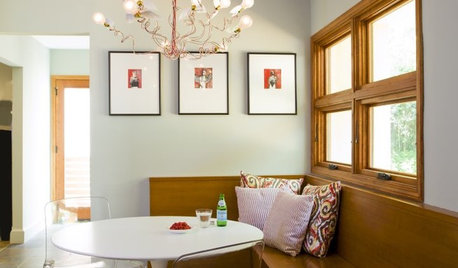
LIGHTINGNew Classics: Ingo Maurer's Amazing Light Fixtures
Fluttery, whimsical or pure minimalist, these lighting designs earn attention all over the home
Full Story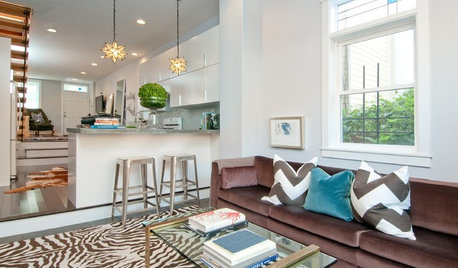
HOUSEKEEPINGCan-Do Cleaning Strategies for Busy People
While you dream of having a maid (to go with the cook and chauffer), this simplified cleaning routine can keep your real-world home tidy
Full Story
LAUNDRY ROOMSThe Cure for Houzz Envy: Laundry Room Touches Anyone Can Do
Make fluffing and folding more enjoyable by borrowing these ideas from beautifully designed laundry rooms
Full Story
MATERIALSBrace for Brass: How This Warm Metal Can Boost Your Bathroom
See what to mix with this trendy alloy, how to keep it from showing water spots and more
Full Story
DECORATING GUIDESThe '70s Are Back. Can Ya Dig It?
No need to cringe. These 21 groovy blasts from the past are updated to look fabulous today
Full Story
PRODUCT PICKSGuest Picks: Bathroom Remodel Items Worth the Plunge
Make a splash in your renovated bathroom with these sinks, tubs, lighting fixtures and accessories
Full StoryMore Discussions






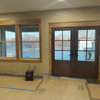
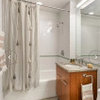

GreenDesigns